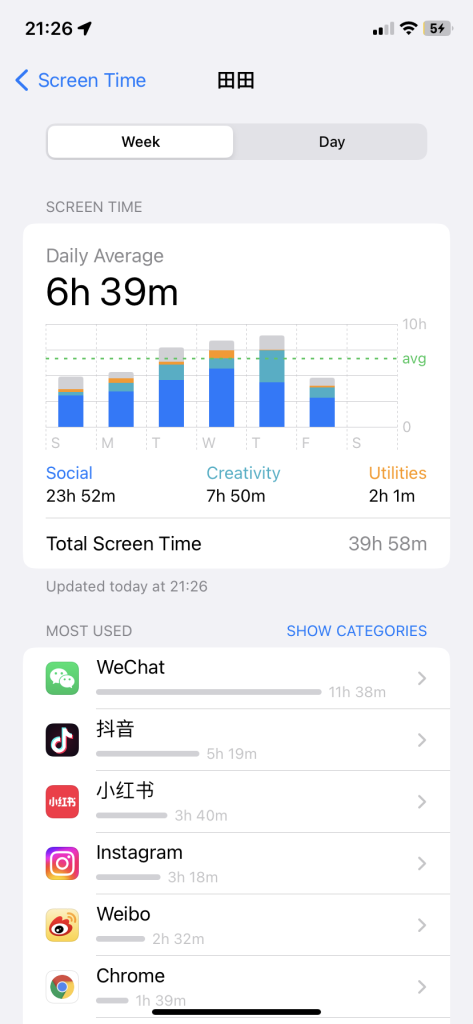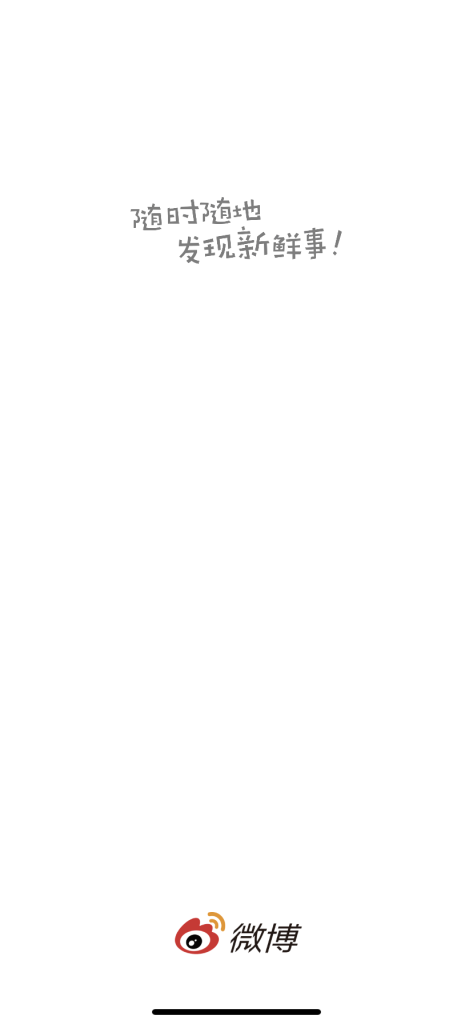“Every day when I wake up, I first switch on my phone, reply to messages, and then open some social media applications to see what other friends or celebrities post. When I examined my phone screen usage time, I discovered that social media applications are the ones I use the most in my daily life. When I saw this, I began considering the connection between social media and labour. In addition to basic social media programmes such as Wechat, Tiktok, Instagram, and others, there is no need to top money on them. Otherwise, I usually pay to become a premier member of Spotify, YouTube, or several Chinese video applications to get a better experience.”

Free but not “Free”
I used to think that some of the free apps gave me a great user experience, even though there were only a few ads that needed to be skipped; however, these could almost be ignored and still be considered as “free” apps, but when I look back, I found that these apps also using another way to make users pay for it.
Take TikTok, for example (I would be used TikTok for the Chinese version). In recent years, the new style of E-commerce live streaming has had a substantial impact on the Chinese economic market; the live streaming standard is also being further improved. In previous years, some anchors used the audience to brush the gifts to earn revenue; now, the popular trend of live streaming has turned to sell merchandise to interact with followers and make money. Under this selling mode, I didn’t find that I was being consumed by the media when using some free social apps. But when I checked my monthly bill, I found that I often spent money impulsively by watching live streaming, as most of the products were low priced and advertised as “discounted”. After such accumulation, the free software becomes no longer accessible, and the money spent each month is much higher than the price of topping up some premier.

This is a type of labour for many of us. Alvin Toffler, an American researcher, created the term prosumer, a combination of producer and consumer. That is to say, in modern social media, not only in content creation but also in content consumption, which can be incorporated into a self-production and self-selling condition. In this way, social media platforms force us to work for them for free and with less effort because they do not develop extensive content for viewers, as some tv and newspapers do, but rather take a more “gentle” marketing approach. As the slogan of Weibo, “anytime, anywhere, share what’s happening around you.”

We have become a commodity as social media users. Internet corporations collect information about their users, such as our profiles, social connections, geographic locations, and so on, to make advertising more relevant because “they” know what content we are interested in. Second, the platform distributes our content to other users to collect average remuneration. However, while using their content to profit, some celebrities take a significant portion of the platform’s share. This is the trend of social media double commodification. This helps to understand Smythe’s point that “attention is a commodity.”
The labour of social media is often less visible precisely because the word “labour” is often present in people’s daily work and can be interpreted as an uncomfortable process. Still, the labour of social media is often accompanied by pleasure and satisfaction, which can make us overlook the value of the struggle that social media brings. The cost of time is often the most overlooked variable compared to money. Social media takes up most of my time, and I tend to browse interesting posts to relax rather than find some outdoor activities. Compared to the current market, no application is truly “free”, and the media platforms are often the most beneficial to both social media publishers and consumers.